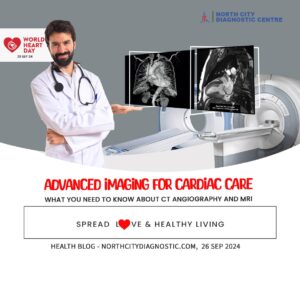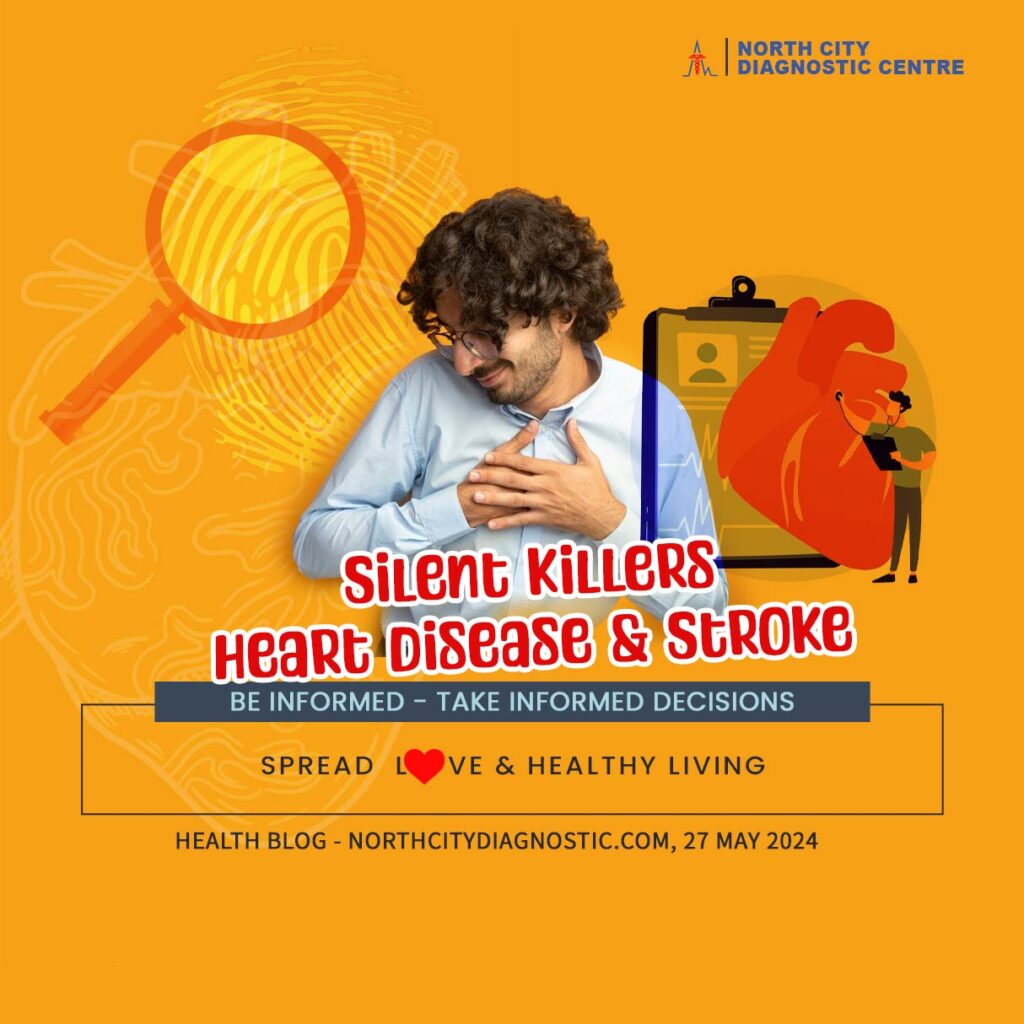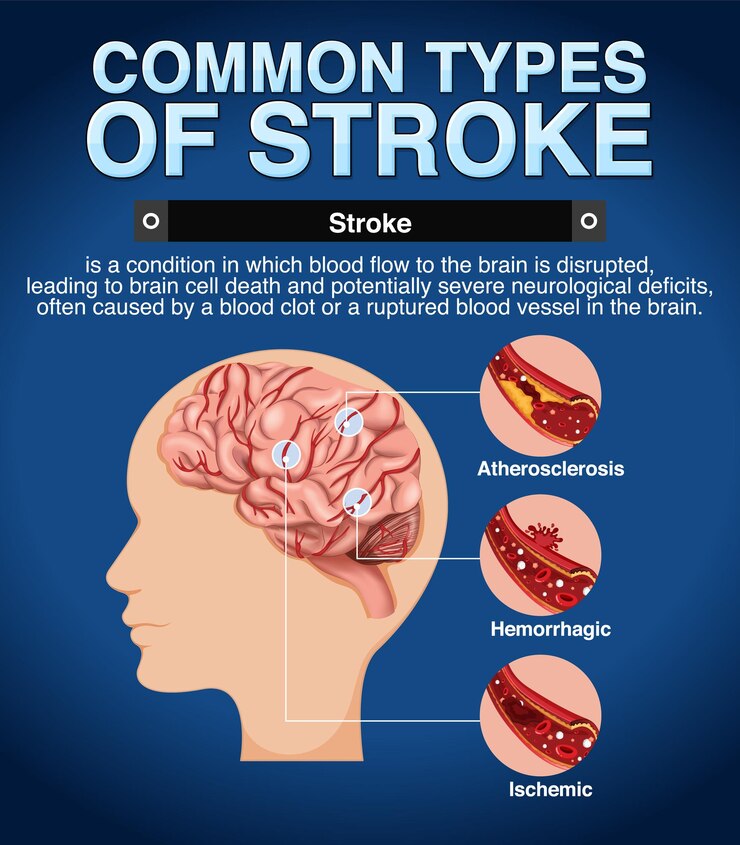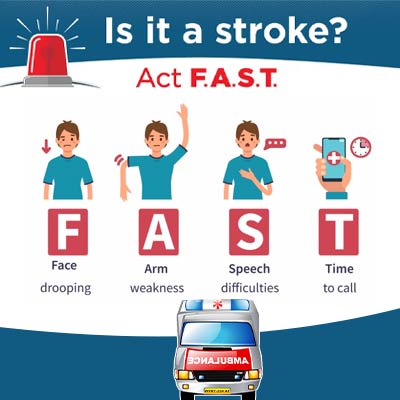
Menu
Within the domain of health, certain threats can inflict damage without advance notice. Heart disease and stroke are frequently referred to as “silent killers” due to the difficulty in identifying them.
It is essential to obtain an understanding of the factors that contribute to heart disease and stroke, to be able to recognize warning signs and to learn how to prevent them.
This is an effort to furnish you with the knowledge and resources necessary to effectively comprehend and manage health risks. An in-depth comprehension of these intricate health issues is vital to taking proactive measures and making informed decisions to prevent them.

Heart disease encompasses a broad spectrum of conditions that affect the heart’s structure and function. From coronary artery disease to heart failure, each form of heart disease presents unique challenges and risks. In this section, we will explore the various types of heart disease, delve into their causes and risk factors, and underscore the critical importance of early detection.
Coronary Artery Disease (CAD): CAD is the most common type of heart disease, characterized by the buildup of plaque in the arteries that supply blood to the heart muscle.
This plaque buildup can narrow or block the arteries, leading to chest pain (angina), heart attack, or other complications.
Heart Failure: Heart failure occurs when the heart’s ability to pump blood efficiently is compromised, leading to symptoms such as shortness of breath, fatigue, and swelling in the legs and ankles.
It can result from conditions like high blood pressure, coronary artery disease, or damage to the heart muscle (cardiomyopathy).
Arrhythmias: Arrhythmias are abnormal heart rhythms that can manifest as palpitations, dizziness, fainting, or chest discomfort.
They can range from harmless to life-threatening and may require treatment to restore normal heart function.
Valvular Heart Disease: Valvular heart disease involves abnormalities or damage to the heart valves, impairing their ability to regulate blood flow within the heart.
Common types include aortic stenosis, mitral regurgitation, and mitral valve prolapse.
Congenital Heart Disease: Congenital heart disease refers to structural abnormalities present at birth, affecting the heart’s chambers, valves, or blood vessels.
These defects can vary widely in severity and may require medical intervention early in life.
While the specific causes of heart disease may vary depending on the type, several common risk factors contribute to its development:
Understanding and addressing these risk factors through lifestyle modifications and medical interventions are crucial for preventing or managing heart disease.
Understanding the symptoms of heart disease is crucial for early detection and prompt medical intervention. In this section, we’ll explore the common symptoms, the silent signs that may go unnoticed, and guidelines for when to seek medical attention.
Chest Pain or Discomfort: The hallmark symptom of heart disease is chest pain or discomfort, often described as pressure, tightness, squeezing, or burning.
This pain may radiate to the neck, jaw, shoulders, arms, or back.
It may occur during physical activity or at rest and may be triggered by stress or exertion.
Shortness of Breath: Heart disease can lead to difficulty breathing, especially during physical exertion or when lying flat.
Individuals may experience shortness of breath or a feeling of being unable to catch their breath.
Fatigue: Persistent fatigue or weakness, especially when accompanied by other symptoms, may indicate an underlying heart problem.
Individuals may feel unusually tired, even after adequate rest.
Dizziness or Lightheadedness: Heart disease can cause episodes of dizziness or lightheadedness, particularly upon standing or during exertion.
These symptoms may be due to inadequate blood flow to the brain.
Silent Heart Attacks: Some individuals may experience “silent” heart attacks, which occur without the typical chest pain or discomfort.
Instead, symptoms may be subtle or nonspecific, such as nausea, indigestion, jaw pain, or unexplained fatigue.
Silent Ischemia: Silent ischemia refers to a lack of oxygen-rich blood flow to the heart muscle without noticeable symptoms.
This condition can occur in individuals with diabetes or nerve damage that impairs their ability to feel chest pain.
Silent Heart Failure: In some cases, heart failure may develop gradually without obvious symptoms.
Individuals may not experience the typical signs of heart failure, such as swelling or shortness of breath, until the condition has progressed significantly.
It’s essential to seek prompt medical attention if you experience any of the following symptoms:
Ignoring or dismissing symptoms of heart disease can lead to serious complications, including heart attack, stroke, or sudden cardiac arrest. Therefore, it’s crucial to prioritize your heart health and seek medical evaluation if you have any concerns about your symptoms. Early detection and intervention can save lives and improve outcomes for individuals with heart disease.
Understanding the risk factors for stroke and recognizing its warning signs are essential steps in stroke prevention and management. In this section, we’ll explore what stroke is, the factors that contribute to stroke risk, lifestyle changes to reduce risk, how to identify stroke warning signs, and emergency response and treatment options.
A stroke occurs when blood flow to the brain is disrupted, either due to a blockage in a blood vessel (ischemic stroke) or bleeding into the brain (hemorrhagic stroke). This interruption deprives the brain of oxygen and nutrients, leading to brain damage and potentially permanent disability or death.

High Blood Pressure (Hypertension): High blood pressure is the single most significant risk factor for stroke.
Uncontrolled hypertension weakens blood vessels and increases the risk of blood clots and vessel rupture.
Smoking: Tobacco use, including smoking cigarettes or exposure to secondhand smoke, significantly increases the risk of stroke.
Smoking damages blood vessels, promotes blood clot formation, and raises blood pressure.
Diabetes: Individuals with diabetes are at higher risk of stroke due to elevated blood sugar levels and associated complications such as high blood pressure and atherosclerosis (hardening of the arteries).
High Cholesterol: High levels of cholesterol in the blood can lead to the buildup of fatty deposits in the arteries (atherosclerosis), increasing the risk of stroke.
Obesity and Physical Inactivity: Being overweight or obese and leading a sedentary lifestyle contribute to various risk factors for stroke
Adopting healthy lifestyle habits can significantly reduce the risk of stroke:
Recognizing the warning signs of stroke is crucial for seeking immediate medical attention:

Other symptoms may include sudden confusion, trouble seeing in one or both eyes, severe headache, dizziness, or loss of balance or coordination.
Call emergency services immediately if you or someone else is experiencing stroke symptoms.
Treatment options may include clot-busting medications (thrombolytics), mechanical thrombectomy (removal of blood clots), or surgery for hemorrhagic stroke.
Early treatment withing the golden hour can minimize brain damage and improve outcomes for stroke survivors.
Remember, time is of the essence when it comes to stroke. Act quickly and seek emergency medical care at the first sign of stroke symptoms to maximize the chances of recovery.
In the battle against heart disease and stroke, proactive steps toward prevention are crucial. This section outlines preventive measures for maintaining heart health, emphasizing the importance of regular checkups, healthy lifestyle choices, and the role of exercise and diet in prevention.
Routine medical checkups: Regular visits to healthcare providers allow for the monitoring of blood pressure, cholesterol levels, and other vital indicators of heart health.
These checkups provide opportunities for early detection of risk factors and prompt intervention to prevent heart disease and stroke.
Screening tests: Screening tests such as blood tests, electrocardiograms (ECGs), and imaging studies can help identify underlying conditions that predispose individuals to heart disease and stroke.
Early detection allows for timely treatment and lifestyle modifications to mitigate the risk of cardiovascular events.
Maintain a balanced diet: Adopting a heart-healthy diet rich in fruits, vegetables, whole grains, lean proteins, and healthy fats can lower the risk of heart disease and stroke.
Limiting intake of saturated fats, trans fats, sodium, and added sugars helps control blood cholesterol and blood pressure levels.
Engage in regular physical activity: Regular exercise strengthens the heart and improves circulation, reducing the risk of heart disease and stroke.
Aim for at least 150 minutes of moderate-intensity aerobic activity or 75 minutes of vigorous-intensity activity per week, along with muscle-strengthening activities on two or more days.
Maintain a healthy weight: Being overweight or obese increases the risk of heart disease, stroke, and other chronic conditions.
Achieving and maintaining a healthy weight through a combination of balanced nutrition and regular physical activity is essential for heart health.
Manage stress: Chronic stress can contribute to high blood pressure, inflammation, and unhealthy lifestyle habits, all of which increase the risk of heart disease and stroke.
Practice stress-reduction techniques such as mindfulness, meditation, deep breathing exercises, and engaging in hobbies or activities that promote relaxation.

Exercise: Regular
physical activity strengthens the heart muscle, improves blood circulation, and
helps control weight, blood pressure, and cholesterol levels.
Incorporate a variety of activities such as aerobic
exercise, strength training, and flexibility exercises into your routine to
maximize cardiovascular benefits.

Diet: A heart-healthy diet emphasizes whole foods, including fruits, vegetables, whole grains, lean proteins, and healthy fats.
Limit intake of processed and high-sugar foods, as well as foods high in saturated and trans fats, which can contribute to elevated cholesterol levels and heart disease risk.
Lorem ipsum dolor sit amet, consectetur adipiscing elit, sed do eiusmod tempor incididunt ut labore et dolore magna aliqua. Ut enim ad minim veniam, quis nostrud exercitation ullamco laboris nisi ut ali
By prioritizing preventive measures such as regular checkups, healthy lifestyle choices, exercise, and diet, individuals can take proactive steps to safeguard their heart health and reduce the risk of heart disease and stroke—the silent killers that claim far too many lives each year.
quip ex ea commodo consequat. Duis aute irure dolor in reprehenderit in voluptate velit esse cillum dolore eu fugiat nulla pariatur. Excepteur sint occaecat cupidatat non proident, sunt in culpa qui officia deserunt mollit anim id est laborum.
At North City Diagnostic Center we offer personalized testing schedule that aligns with your medical history and risk factors. Consistent monitoring can be invaluable for early detection and effective management of arthritis. It’s not just about how often you test but making sure that the tests are aligned with your overall health profile for maximum benefit.
#HeartHealth #StrokePrevention #HealthyLiving #PreventiveHealth #CheckUps #HealthyChoices #ExerciseForHeart #DietForHeart #RegularExercise #HeartAwareness #PreventHeartDisease #LifestyleChanges #HeartCheck #StrokeAwareness #HeartPrevention #healthcare #NDC #HealthFirst #DiagnosticServices #NorthCityDiagnosticCentre
35-A ,Canal West Road
Near Gouri Bari Bus Stop
Kolkata – 700004.
Local: +91 33 6605 0888